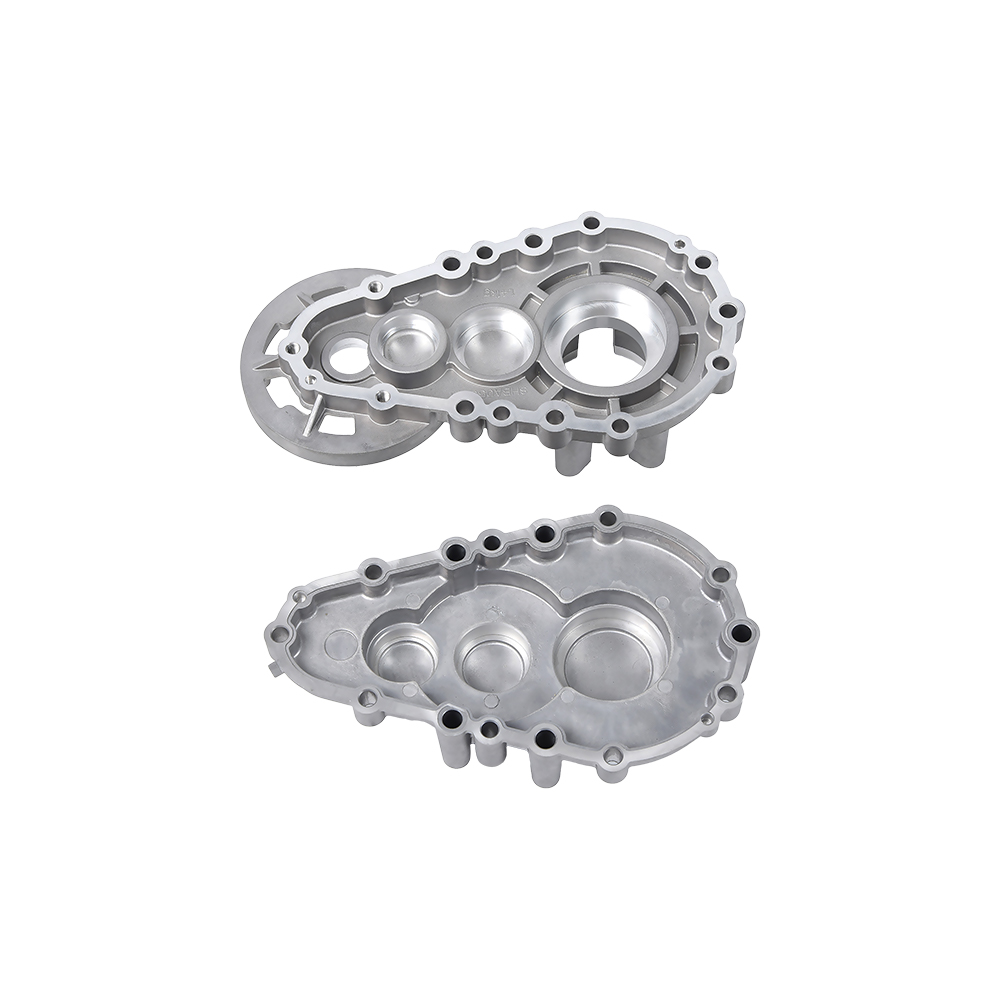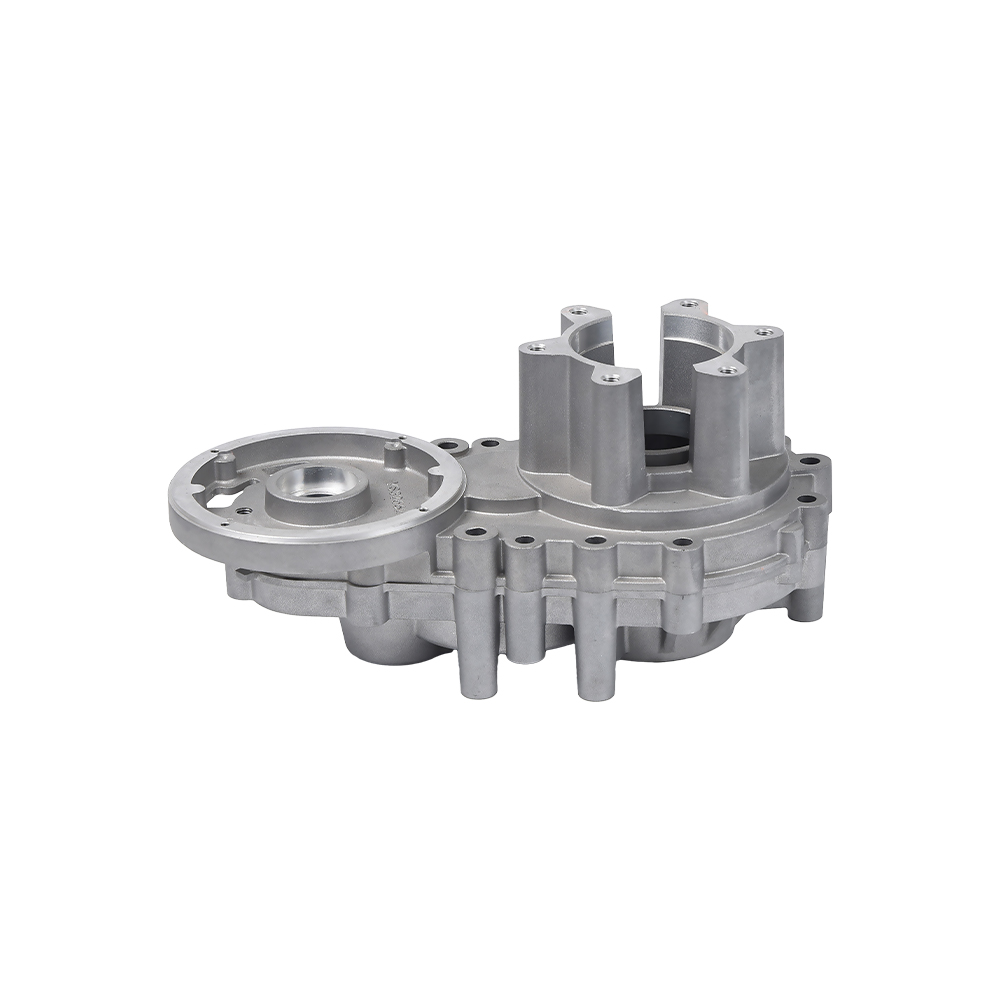1. Crankcase ventilation system
The Driver Cover Case Crankcase ventilation system not only helps to balance the pressure inside the crankcase, but also plays an important role in temperature regulation. The system usually includes components such as ventilation pipes and PCV valves (pressure control valves). When the engine is working, fresh air enters the crankcase through the filter on the valve cover and mixes with the blowby gas in the crankcase. After these mixed gases are regulated by the PCV valve, they enter the intake pipe through the ventilation pipe and burn again in the cylinder. This process not only helps to discharge the exhaust gas in the crankcase, but also takes away some heat through the flow and combustion of the gas, thereby achieving the regulation of the temperature inside the crankcase.
2. Cooling system
In addition to the crankcase ventilation system, the engine's cooling system also plays a key role in regulating the temperature inside the crankcase. The cooling system usually includes components such as radiators, water pumps, thermostats, cooling water pipes and coolant. The coolant circulates in the engine water channel, absorbing and taking away the heat of various engine components, including the crankcase. When the coolant temperature rises, it will dissipate the heat to the atmosphere through the radiator, thereby keeping the coolant temperature within a suitable range. In this process, the temperature inside the crankcase is also effectively regulated.
3. Other design measures
Crankcase material: The crankcase is usually made of materials with good thermal conductivity, such as aluminum alloy or cast iron. These materials can quickly transfer the heat inside the crankcase to the external environment, which helps to reduce the internal temperature.
Oil cooling: Some engines are also equipped with an oil cooler, which removes the heat of components such as the crankcase through the circulation of the oil. This further enhances the temperature regulation ability inside the crankcase.
Insulation measures: Setting an insulation layer around the crankcase or adopting other insulation measures can reduce the impact of the external environment on the internal temperature of the crankcase, thereby maintaining a relatively stable internal temperature.

 English
English русский
русский Español
Español










